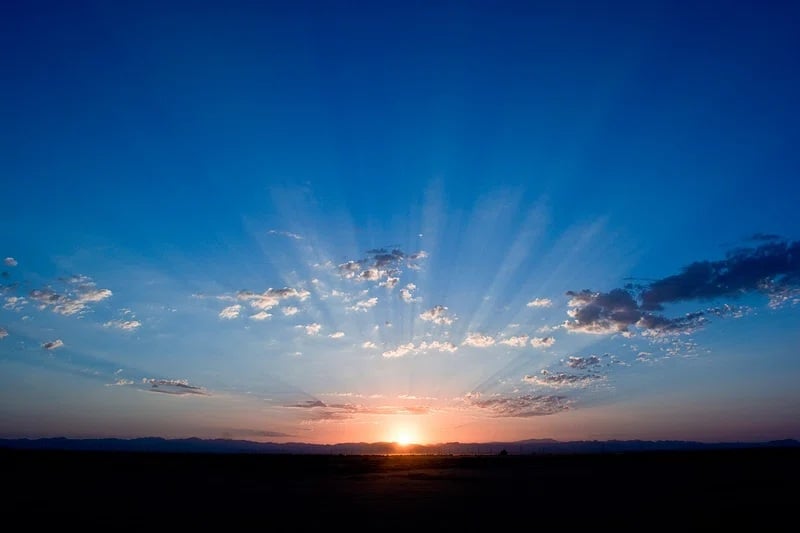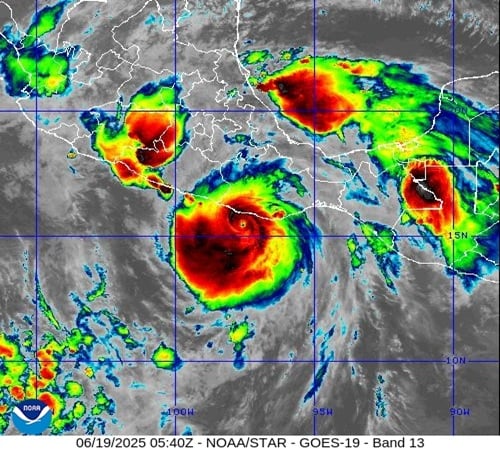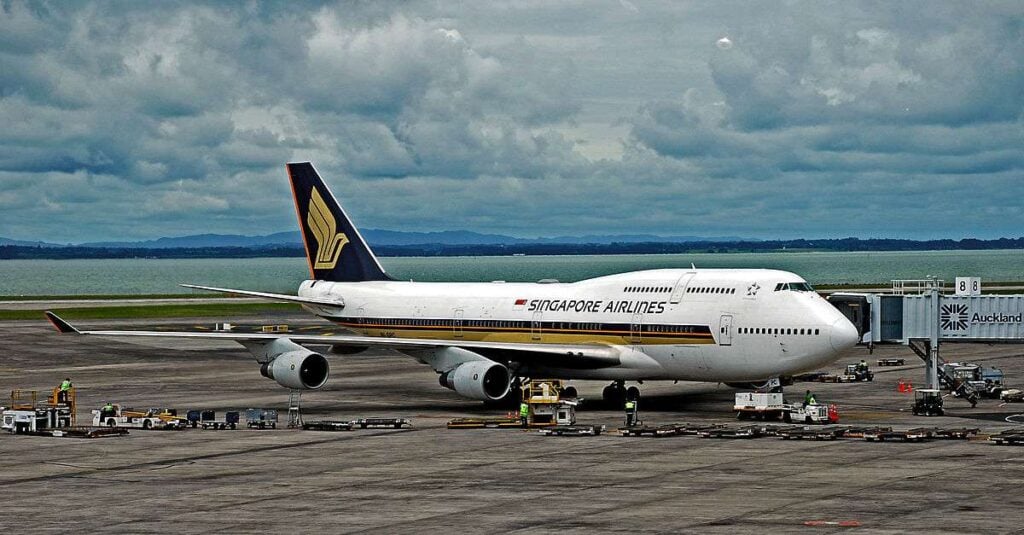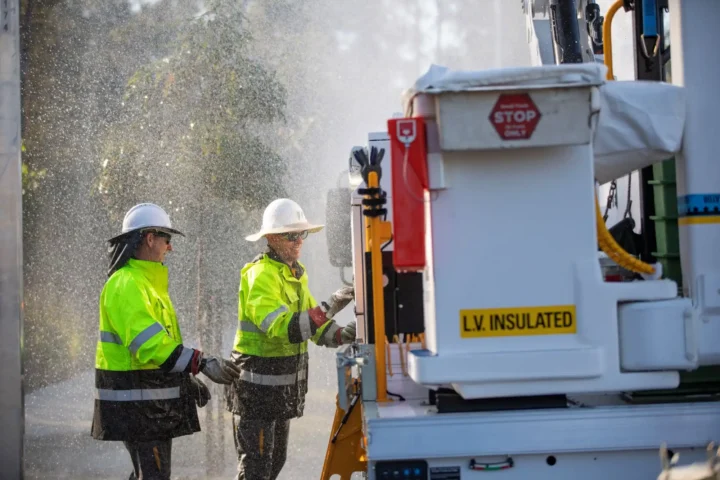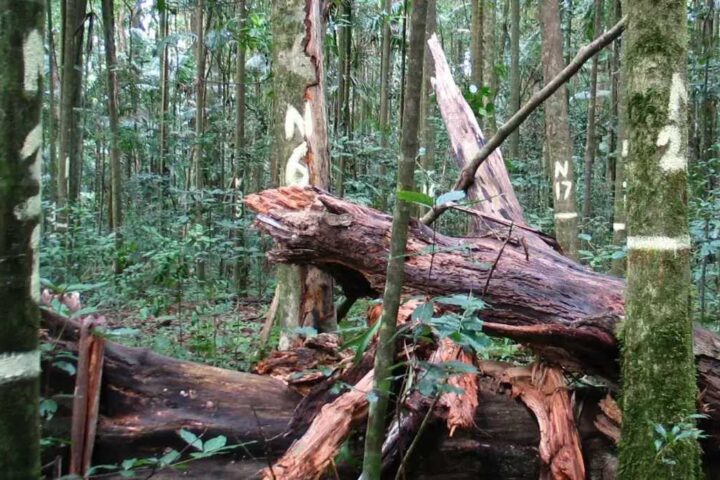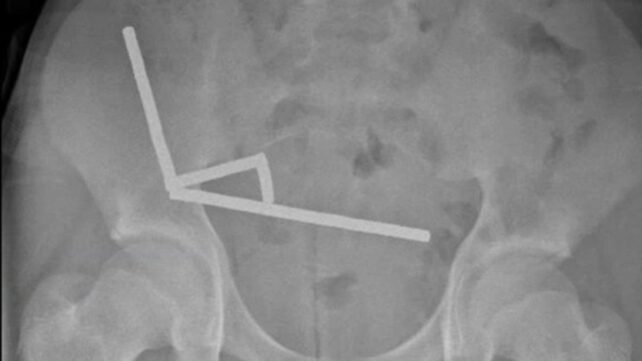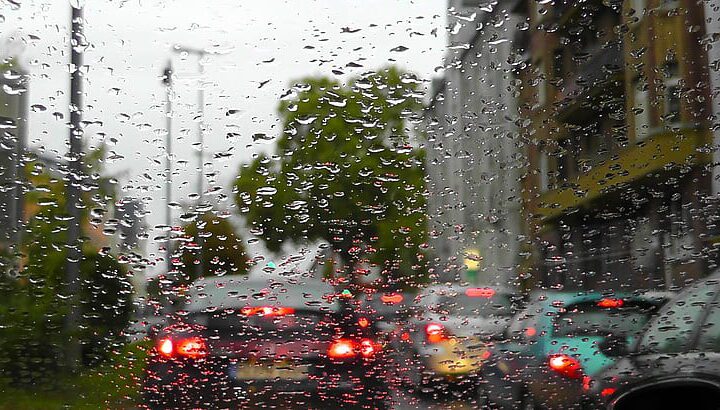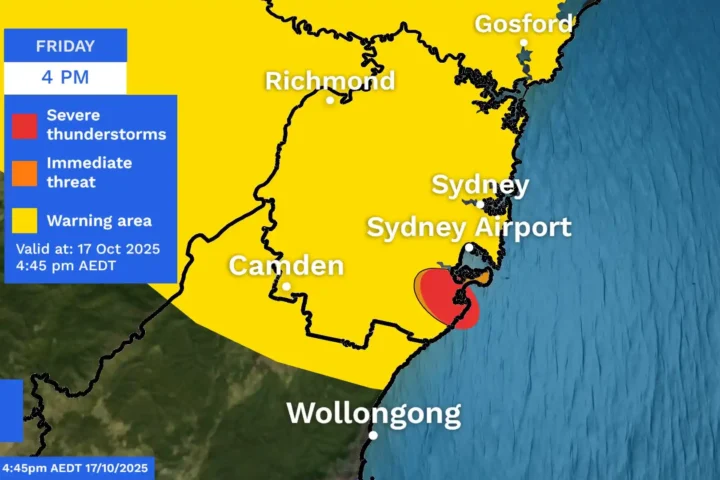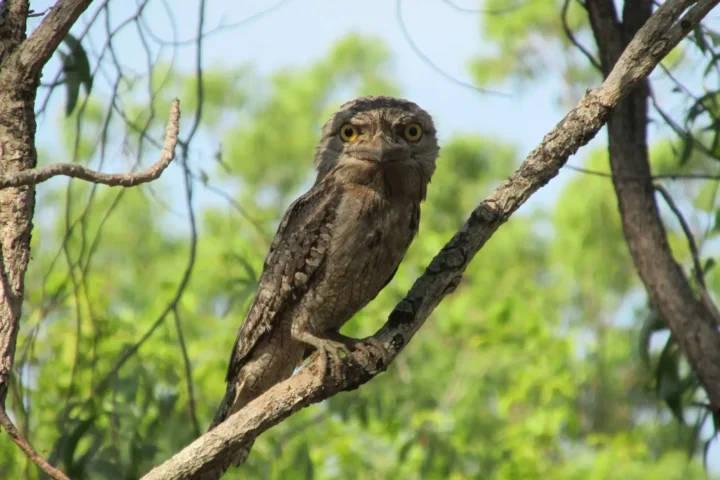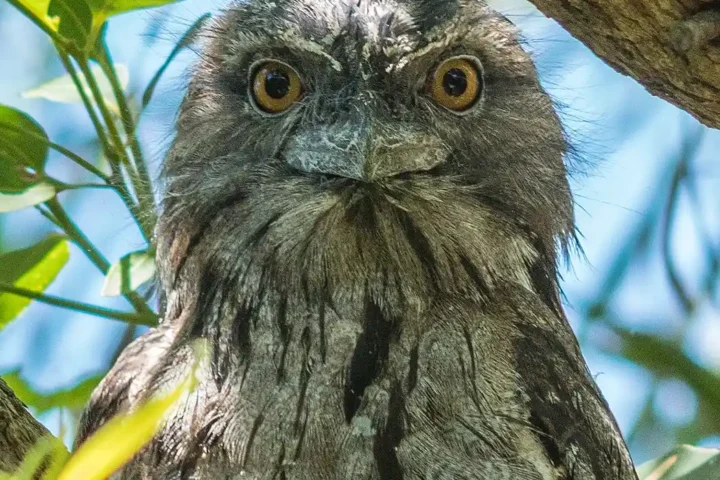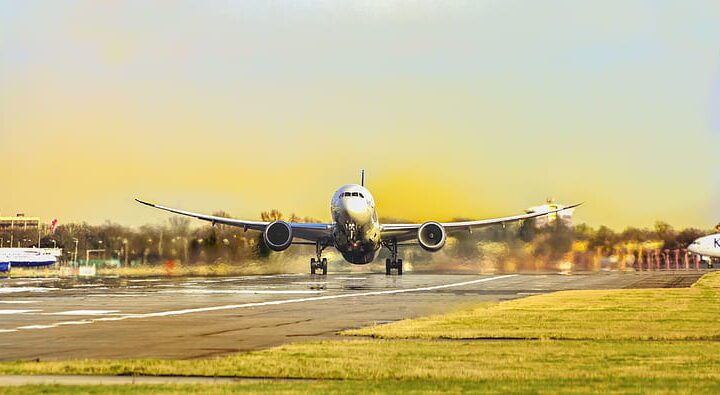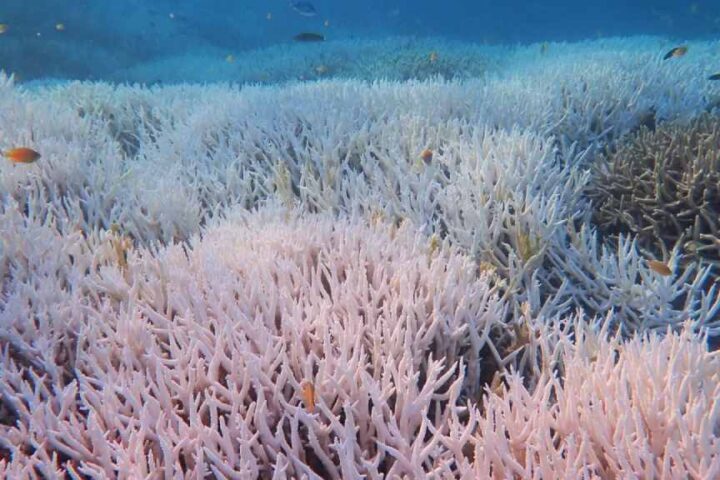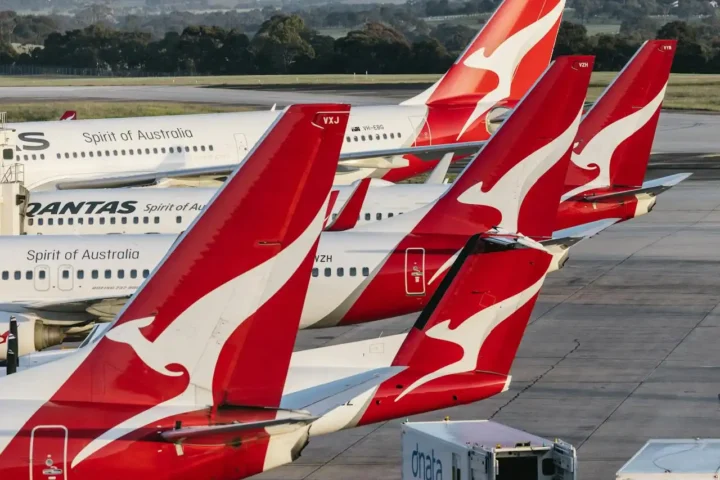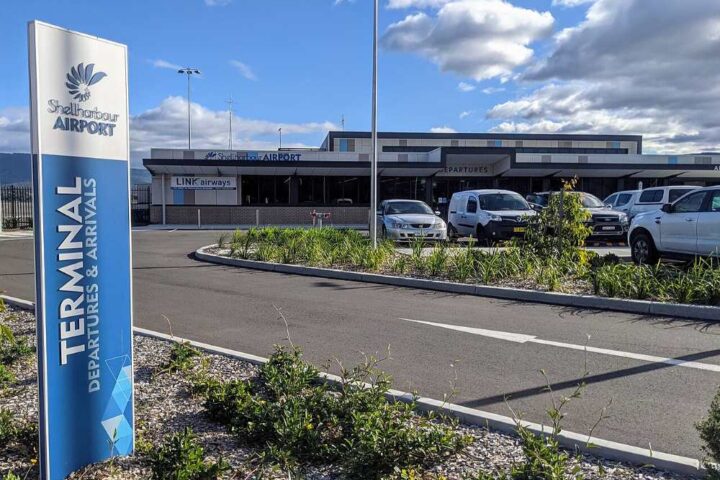This Saturday, June 21, marks the 2025 winter solstice in Australia – the day with the least amount of daylight hours all year. The solstice happens at exactly 12:42 PM AEST when the Earth’s South Pole reaches its maximum tilt away from the Sun.
The amount of daylight varies greatly depending on where you live in Australia. Hobart will see just 9 hours and 1 minute of daylight, while Darwin gets 11 hours and 24 minutes. For other major cities, Melbourne will have 9 hours and 32 minutes, Canberra 9 hours and 46 minutes, Adelaide 9 hours and 48 minutes, Sydney 9 hours and 54 minutes, Perth 10 hours and 3 minutes, and Brisbane 10 hours and 24 minutes.
Time zones also affect when the solstice occurs across the country. In Western Australia, it happens at 10:42 AM, making Friday night the longest of the year for Perth residents. For eastern states, it’s at 12:42 PM, and just after midday for the Northern Territory and South Australia.
Many people assume the winter solstice brings the coldest temperatures of the year, but this isn’t true for most of Australia. The coldest days typically come weeks after the shortest day. This gap between the least sunlight and the coldest weather is called “seasonal lag” – a natural delay caused by the oceans surrounding our continent.
Land heats up and cools down quickly, but oceans hold onto heat much longer. Australia’s surrounding waters act like a giant natural heater, slowly releasing stored warmth into the atmosphere for weeks after the solstice passes. This effect is strongest near coastlines and weakest in central Australia.
For most capital cities, the coldest day typically arrives in mid-to-late July, about 3-4 weeks after the solstice. In the outback, away from ocean influences, the lag might be just a few days. More than 90% of Australia experiences its coldest nighttime temperatures between July 11 and July 21.
“The warmer oceans earlier in winter act as one giant heater – they transfer energy into the atmosphere and delay the coldest weather until well after incoming heat from the sun reaches a minimum on June 21,” is how scientists explain this phenomenon.
Similar Posts:
This year’s solstice happens to coincide with a powerful low-pressure system moving across Southern Australia. This weather system is bringing significant rain, thunderstorms, snow, and hail to large parts of the country’s south. Snow depths have reached 37cm at Mt Buller and between 30-45 cm at Thredbo and Perisher, delighting ski enthusiasts.
Not everyone welcomes the cold snap, though. Farmers with newborn lambs face particular challenges as temperatures drop near freezing, creating risks of frost damage and livestock losses. Emergency services have issued warnings for blizzard conditions and dangerous winds up to 100 km/h along coastal areas in South Australia and Victoria.
Cities are also feeling the chill. Adelaide’s temperature is expected to drop from 22°C on Sunday to 15°C by Tuesday. Sydney will likely fall from the mid-20s to around 18°C by Wednesday.
Looking beyond this immediate cold period, the long-range forecast suggests a relatively warm winter overall for most of Australia. Both daytime and nighttime temperatures are generally expected to remain above average throughout the season.
The winter solstice holds cultural significance for many Australians. In Hobart, the Dark Mofo festival is celebrated with its famous Nude Solstice Swim, where hundreds brave the freezing River Derwent waters. Other communities mark the occasion with lantern parades, bonfires, and gatherings that symbolize light returning after the darkest night.
There are health aspects to consider during this period of reduced daylight. The lower levels of sunlight can affect serotonin production in some people, potentially leading to mood changes. Sleep patterns may also shift as the body’s internal clock responds to altered light conditions.

After Saturday, days will gradually lengthen as the Southern Hemisphere begins tilting back toward the Sun. This trend continues for six months until the summer solstice on December 21, which brings the year’s longest day.
The winter solstice reminds us of Earth’s continuous journey around the Sun and how this astronomical dance shapes our seasons. While Saturday marks Australia’s “darkest day” in terms of daylight, remember that the true depths of winter cold will not arrive for several more weeks – a curious quirk of our planet’s physics and Australia’s island geography.
For now, as Australians experience the shortest day of 2025, they can take comfort knowing that from Sunday onward, each day brings a few more precious minutes of sunlight – although the thermometer might suggest otherwise.
